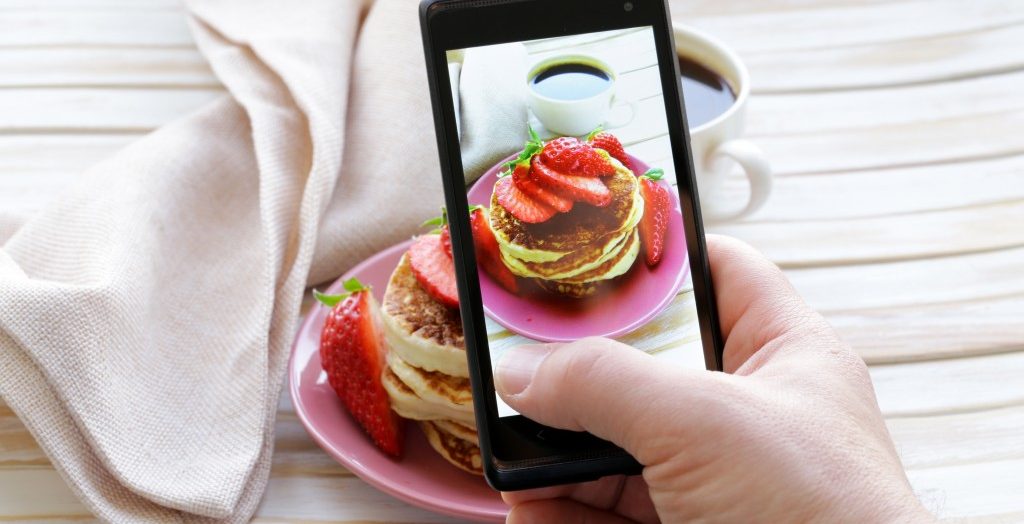There’s nothing more frightening than a close brush with death. For smartphones, the closest equivalent is contact with a liquid. Maybe a waiter knocked over a glass of water. Or you forgot to empty your pockets before diving into the pool. Or perhaps it just slipped out of your hand. Regardless of the reason, the result is the same: a wet phone. The next few minutes are going to be wild. You’re going to feel anger, shock, dismay, and a host of other emotions. However, you need to act quickly if you want to save your phone.
Water is to electronics as fire is to wood. Once the water enters your phone, it affects every single component inside, including the circuits. Too much moisture can short-circuit any electronic device and destroy the all-important circuit board. And even if you manage to keep the circuit board dry, the parts that have been exposed to moisture are at risk of corrosion. That’s why it’s essential to keep smartphones away from any moisture. You don’t want your thousand-dollar device to become an expensive paperweight.
While you can always go to a phone repair shop, there’s only so much they can do. Here are a few tips to save your smartphone from water damage. Let’s begin.
-
Turn it off
The first thing you need to do is to switch your phone off. And I’m not talking about the screen. The phone should be completely powered down. If the battery is removable, open the back panel and remove it immediately. Doing this within the first few seconds can improve your chances of preventing long-term damage.
We all know that water and electronics don’t go well together, but it’s not the main reason why phones die. Water acts as a conductor, which can then lead to an energy overload. But you can prevent an overload from happening by cutting off the source of power.
-
Remove the case
If you use a case to protect your phone, you need to remove it immediately. Phone cases do a great job of protecting the body from falls and scratches, but they can also lock in moisture and prevent your phone from drying out completely. By removing the case, you leave your phone exposed and primed for drying.

-
Wash the phone
If the phone was exposed to saltwater, you might need to wash it in potable water. It sounds counterintuitive, but saltwater is more corrosive than regular water. That means the electronic components are more likely to corrode. But don’t dip or dunk the phone in a bowl of water. Instead, carefully wash it under a weak stream. Too much pressure can introduce more moisture into the interior, which you don’t want to happen.
-
Remove visible signs of moisture
So you’ve turned off your phone and removed the case. What now? The next thing you need to do is dry it, of course. But don’t use a hairdryer or leave it under the sun to dry. Excessive heat can damage sensitive electronics, which is precisely what we’re trying to avoid.
If there are droplets and any other visible signs of moisture, you need to wipe your phone with a dry towel. Hold the phone as you normally would to prevent water from entering through the charging port and headphone jack. You can use compressed air to remove trapped water but do so extremely carefully.
Under no circumstances should you shake or jostle your phone to remove water. You could end up making a bad situation worse by spreading moisture. Even tilting the phone could jeopardize your chances of saving the phone.
-
Dry the phone
Here comes the hard part: drying the phone’s internals. Some people use a hairdryer while others swear on the rice method. The rice method is basically putting your phone in a jar of rice, with hopes that the rice grains will draw the moisture out. However, none of these methods work. If you’re serious about saving your phone, you need to follow the proper methods.
Your best bet is to use synthetic drying agents such as a desiccant dehumidifier or packets of silica gel. Best of all, your home is probably full of silica gels. Look inside random boxes; chances are, there’s a packet of silica gel ready for use. Collect as many as you can, place them in an airtight container, and put your phone in.
The bottom line
A wet phone need not be a doomsday scenario if you take the necessary precautions. By following these tips and tricks, you can prevent permanent damage and ensure that your phone lives to survive another day (but not another spill).






